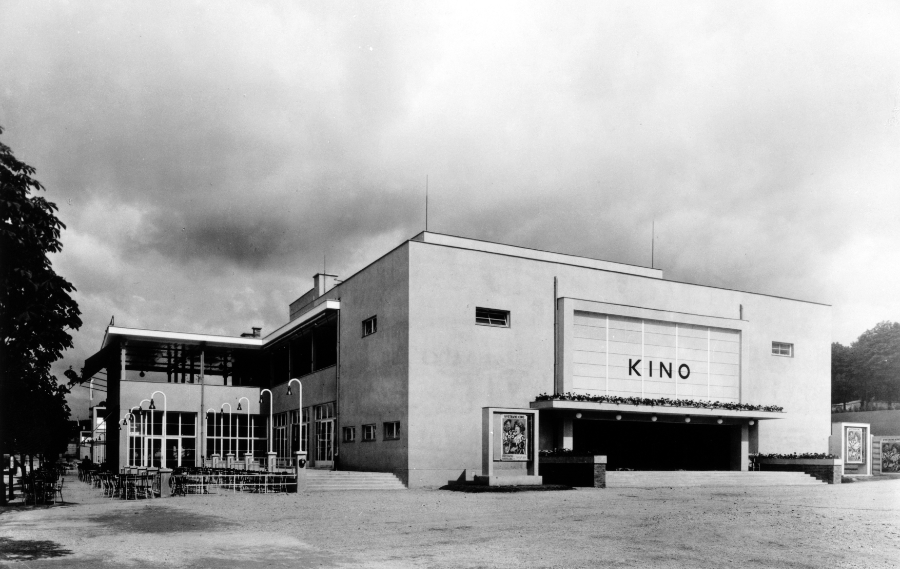
Theatre at the Exhibition Centre

Toilets
Photography allowed
Dogs allowed
The Theatre at the Exhibition Centre was designed in 1928 by the architect Emil Králík, who also served as the Construction Manager of the Exhibition Centre itself. The auditorium of the building could be used as both a theatre and a cinema, and it also boasted a large café. Serving as a social and cultural centre at the newly constructed Exhibition Centre, it reflected the high-quality Functionalist architecture of the interwar period.
After World War II, the building temporarily hosted the Julius Fučík Theatre, which put on shows for children and young people. It was also used for the grand opening of the first International Trade Fair in Brno in 1959, and subsequently served as a congress hall for exhibitions accompanying trade fairs. In the 1970s, during the renovation of the historic Mahen Theatre in the city centre, the building temporarily housed the drama company of the State Theatre (now the National Theatre Brno).
Since the late 1990s, owing to its poor technical condition, the building has been closed to the public and is only accessible on special occasions. The main entrance, located in the symmetrical and smooth façade of the rectangular, two-story building, brought visitors to a spacious lounge with a glass ceiling that led directly to the centrally placed 850-seat hall, which rested on a pillar structure. The interiors were furnished with Thonet-Mundus furniture, and stage machinery was supplied by Česká Kolben-Daněk in Prague. The theatre auditorium was expanded with a gallery accessible via a staircase from the lounge; to the left of the main entrance there was a café with tables outside and a terrace on the upper floor. This unique combination of interior and exterior spaces was disrupted in the 1950s by the addition of walls enclosing the terraces and a crescent-shaped outdoor staircase for the café.
For loading the interactive map, please click on the map area.
For loading the interactive map, please click on the map area.